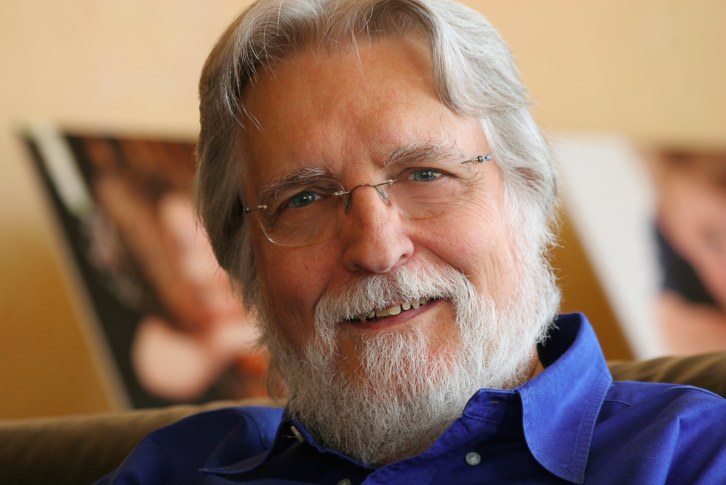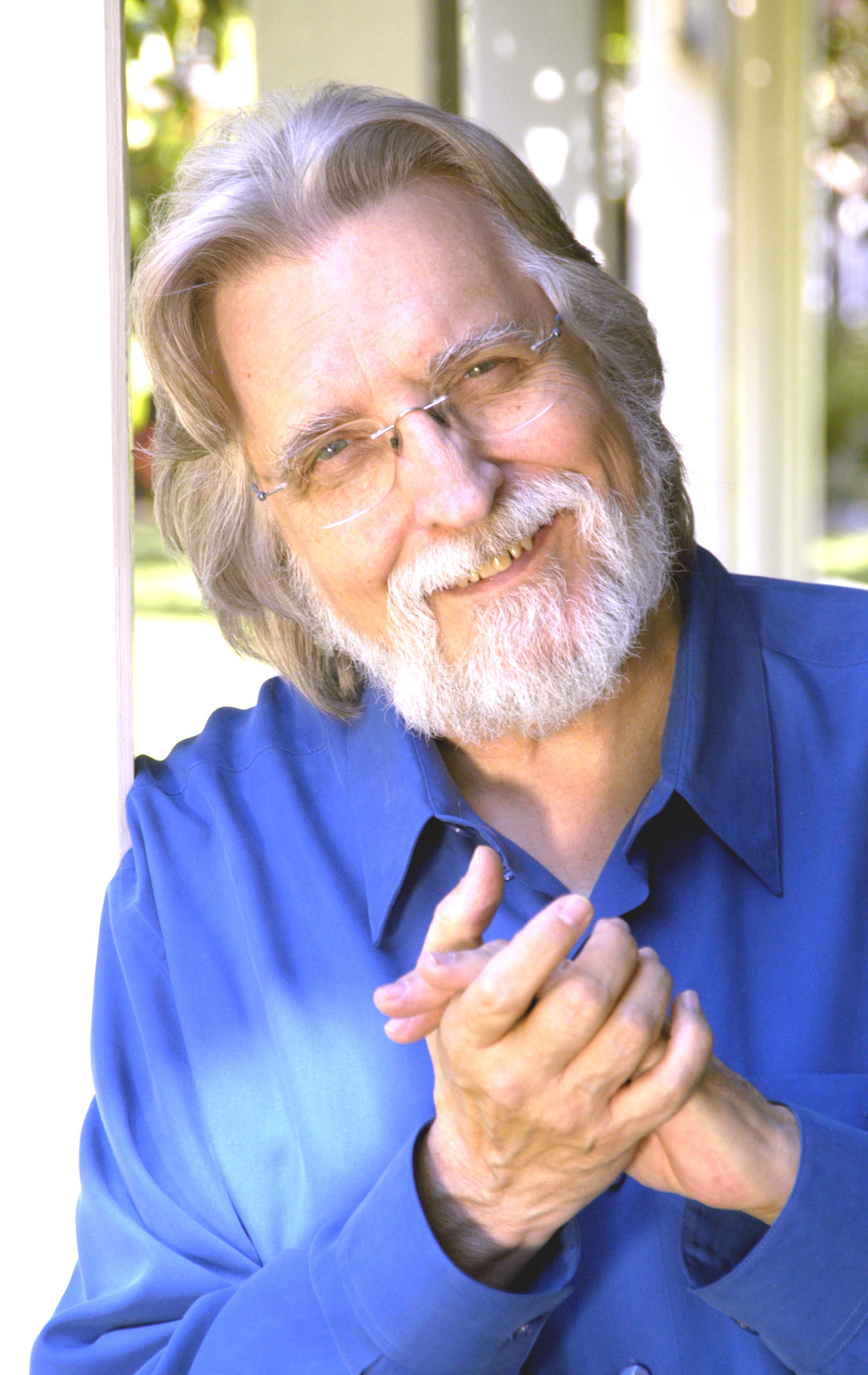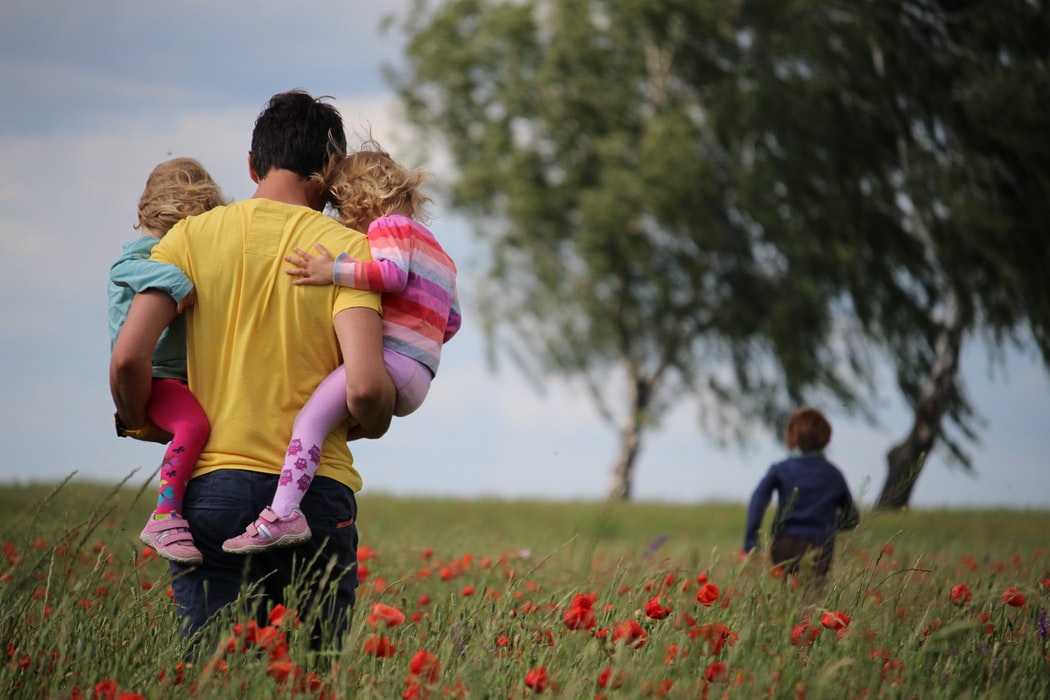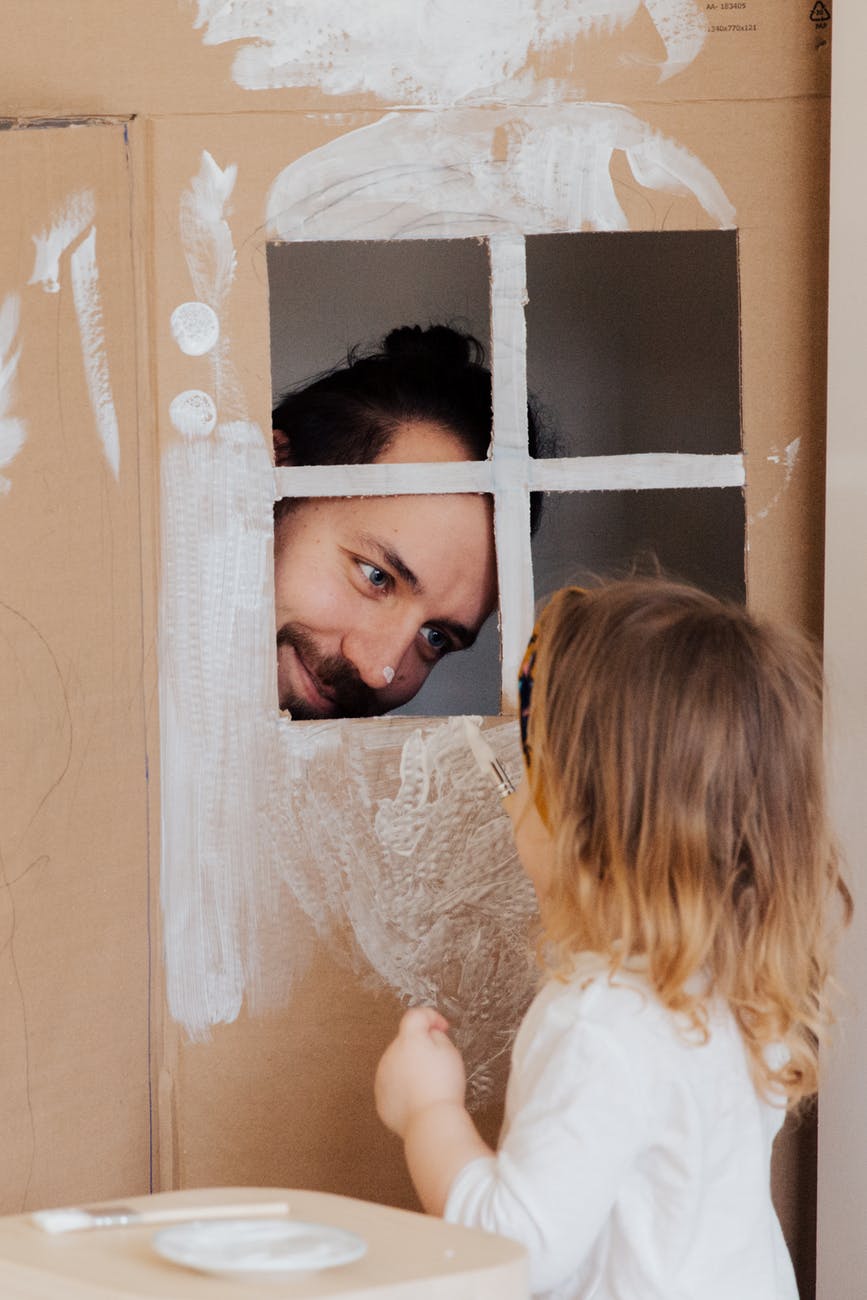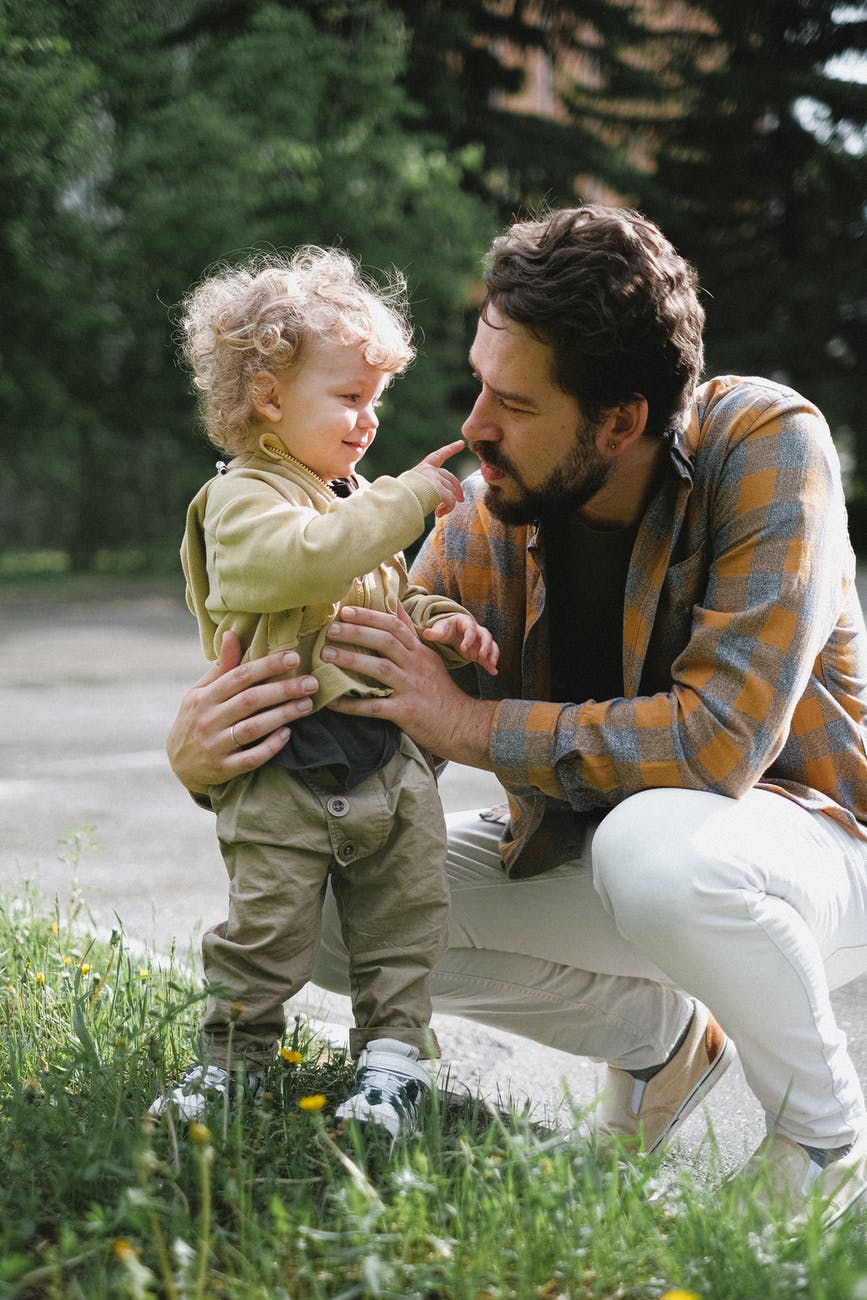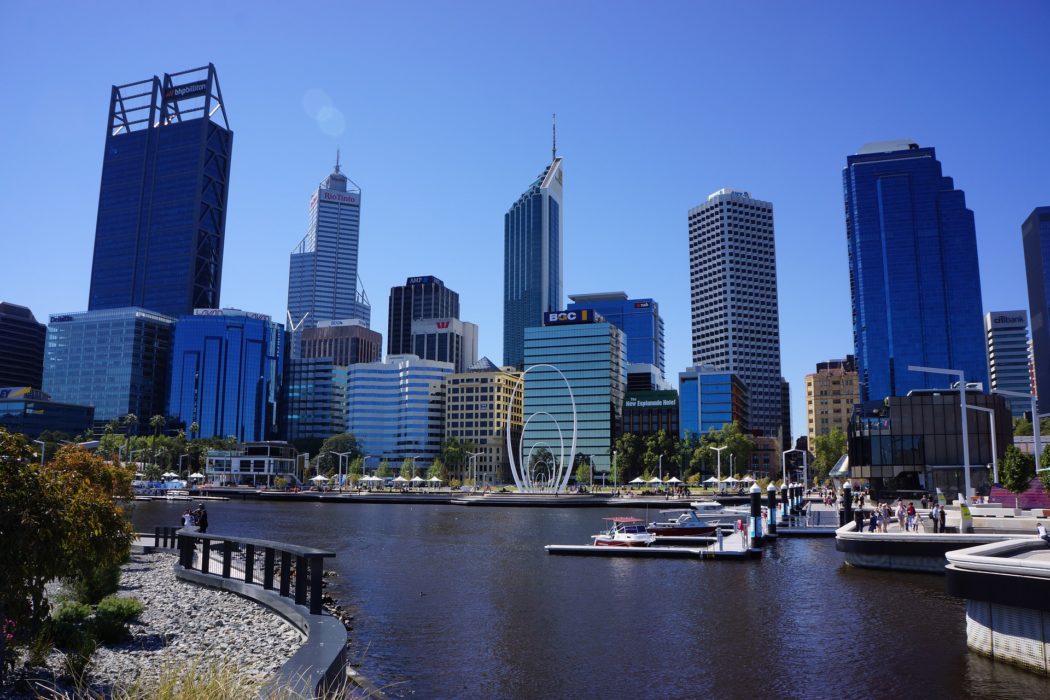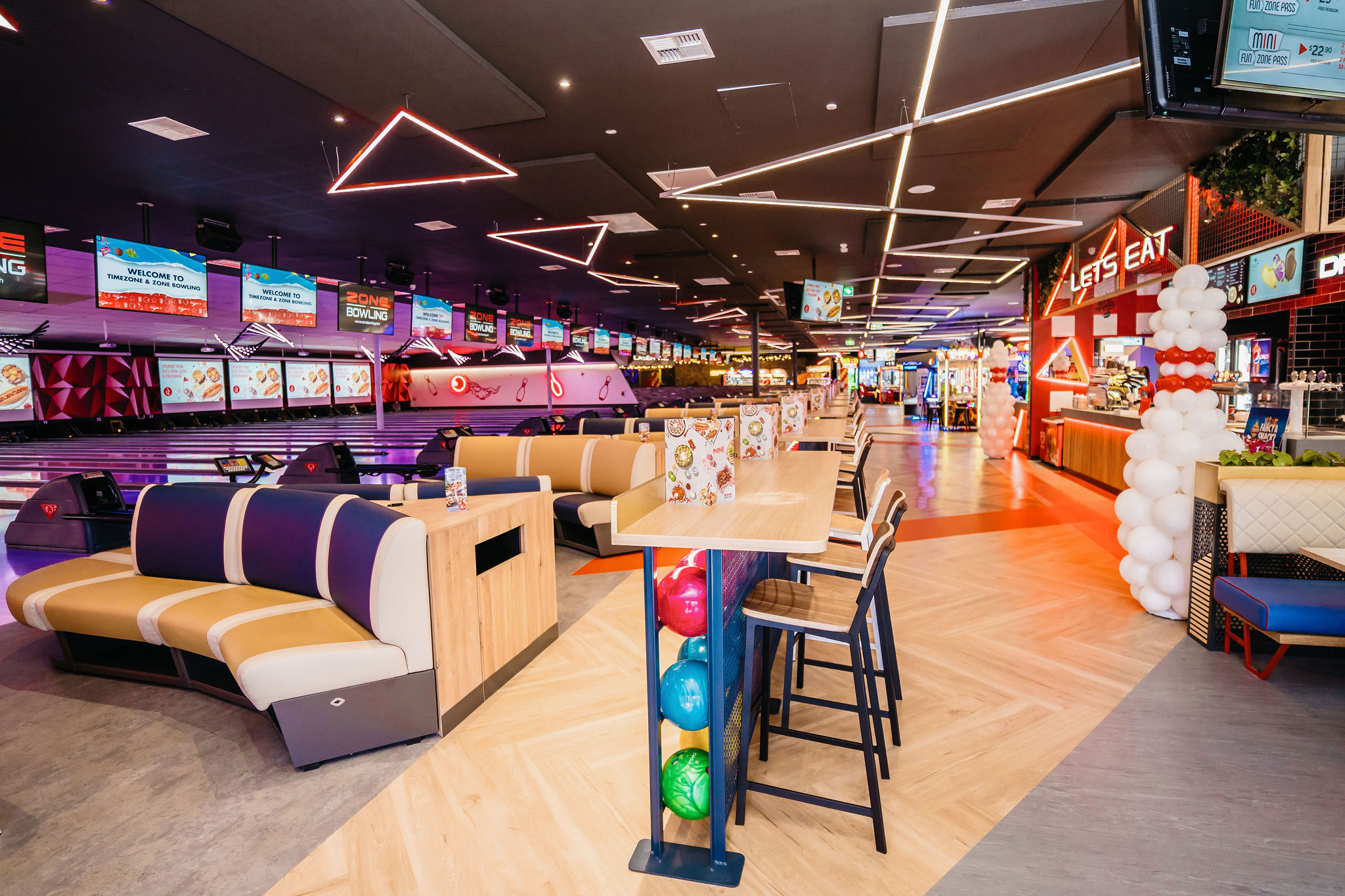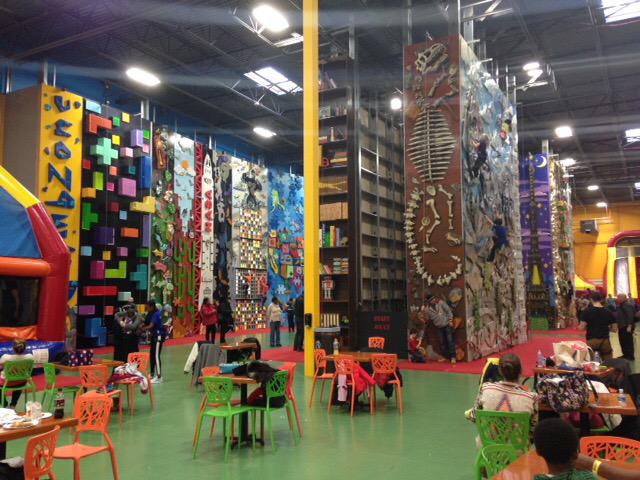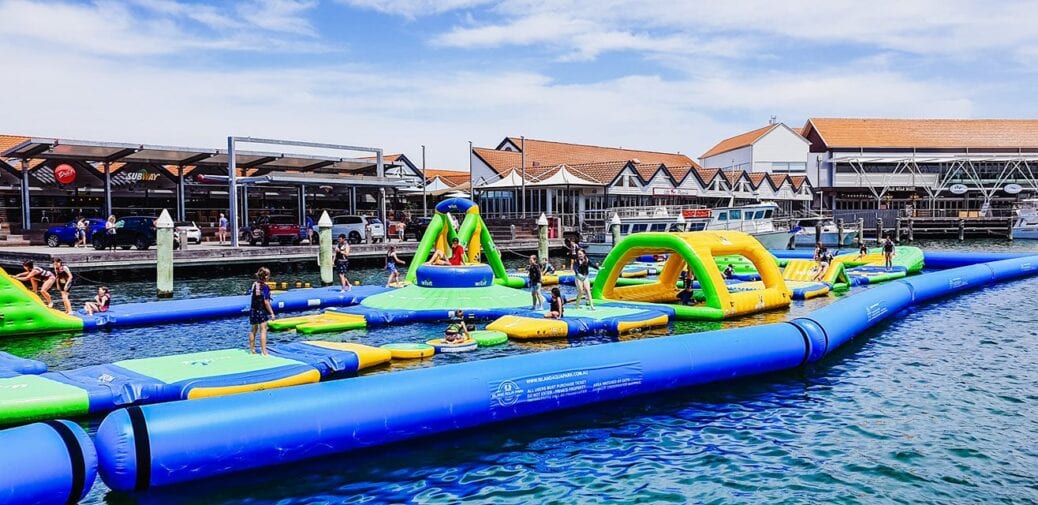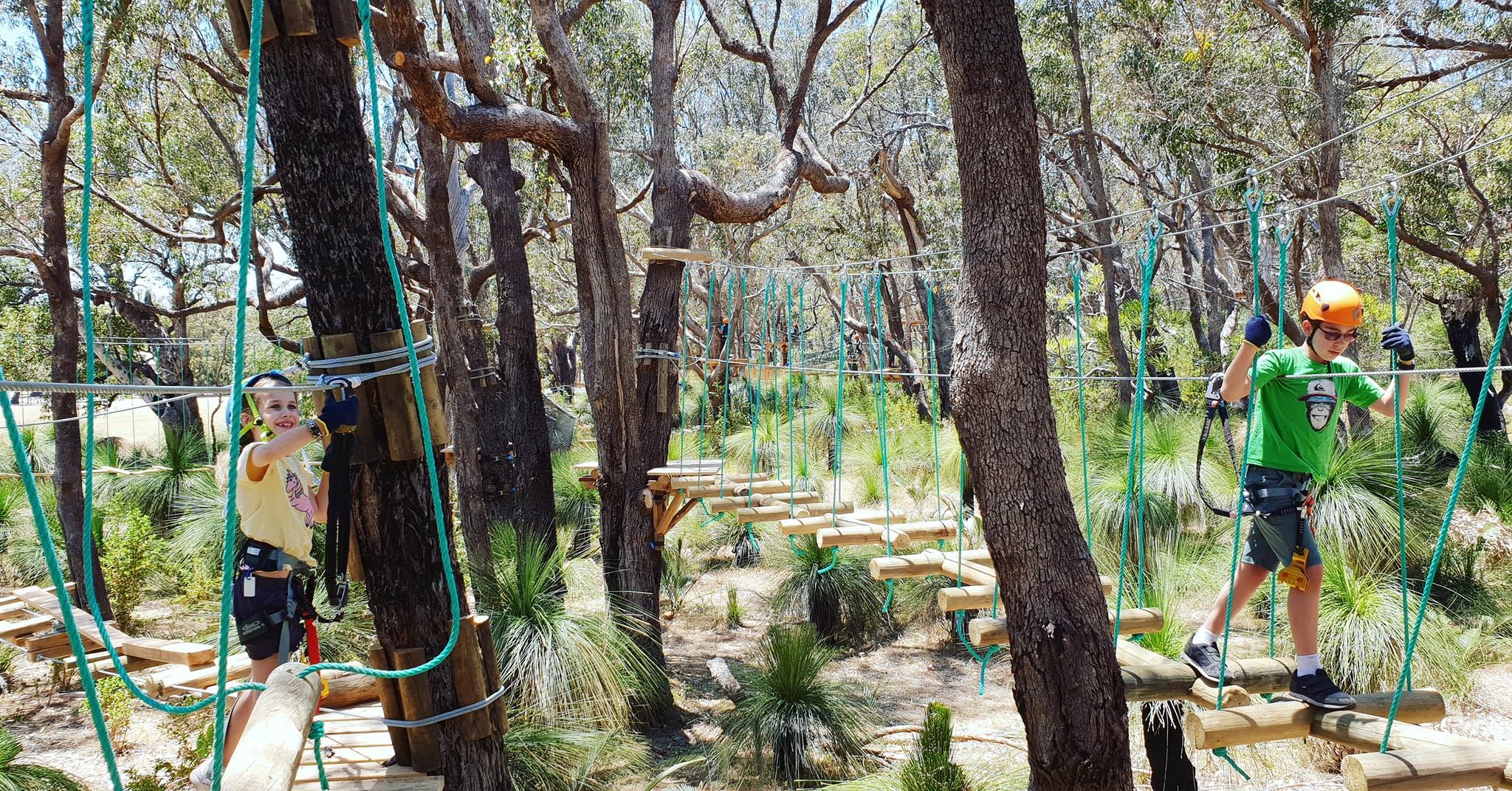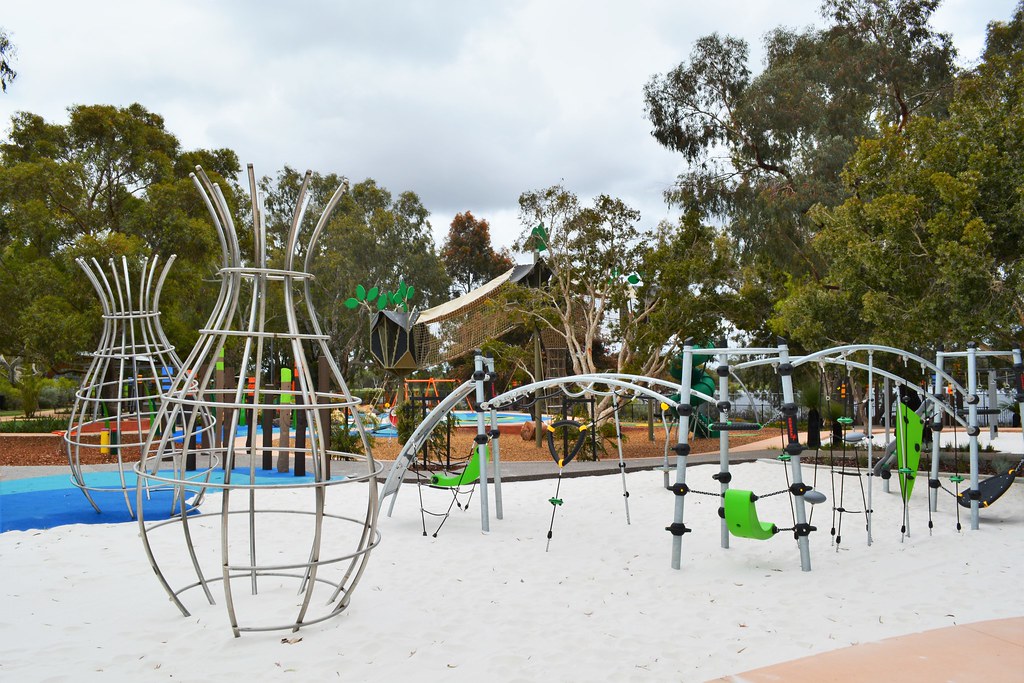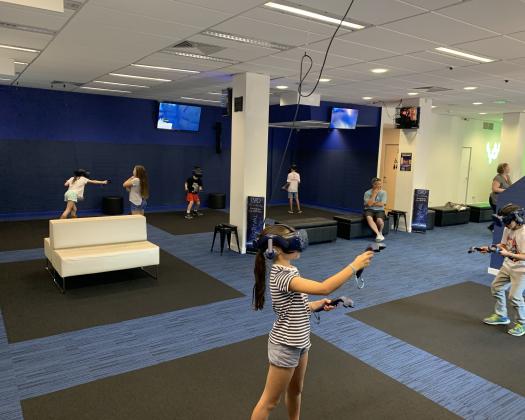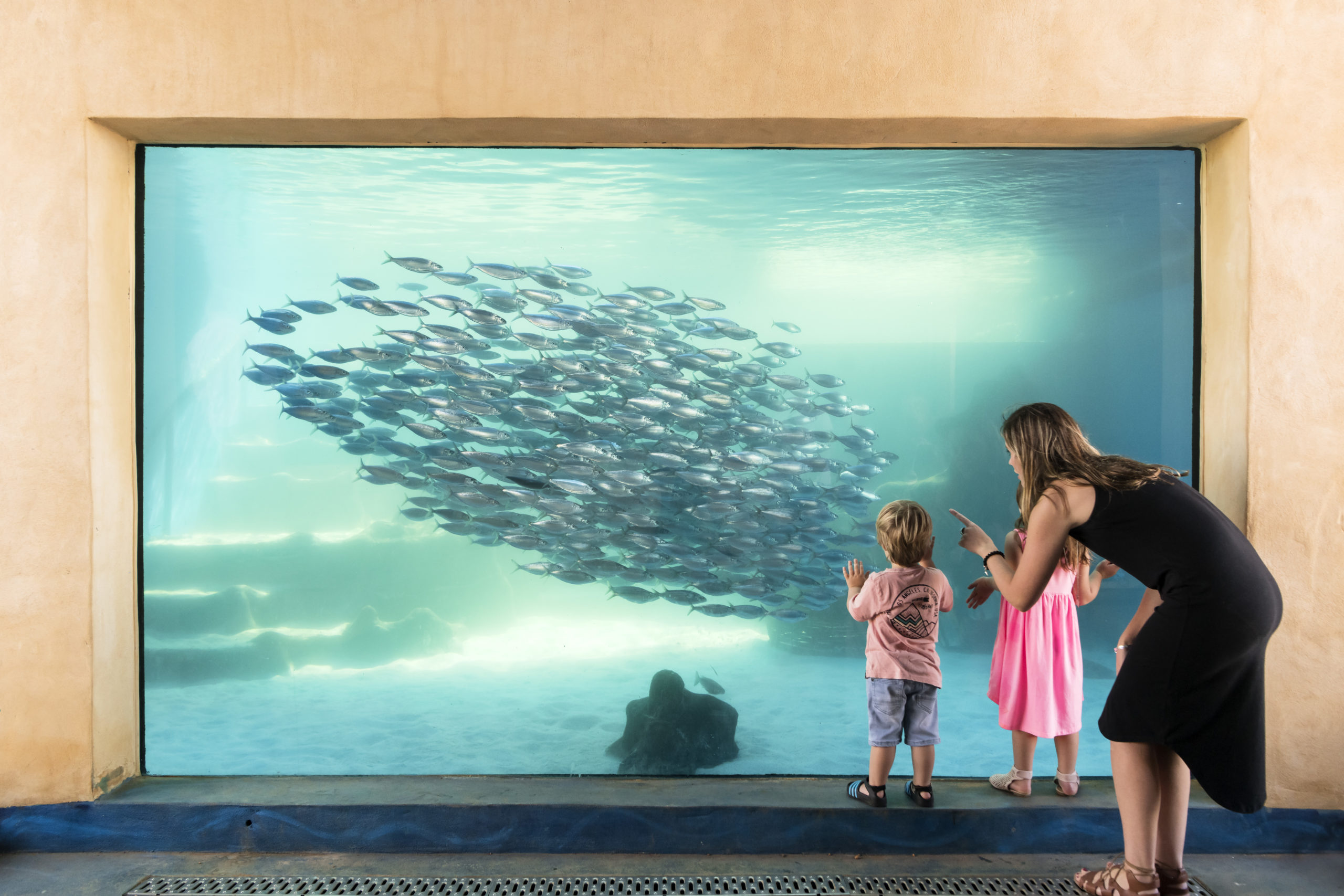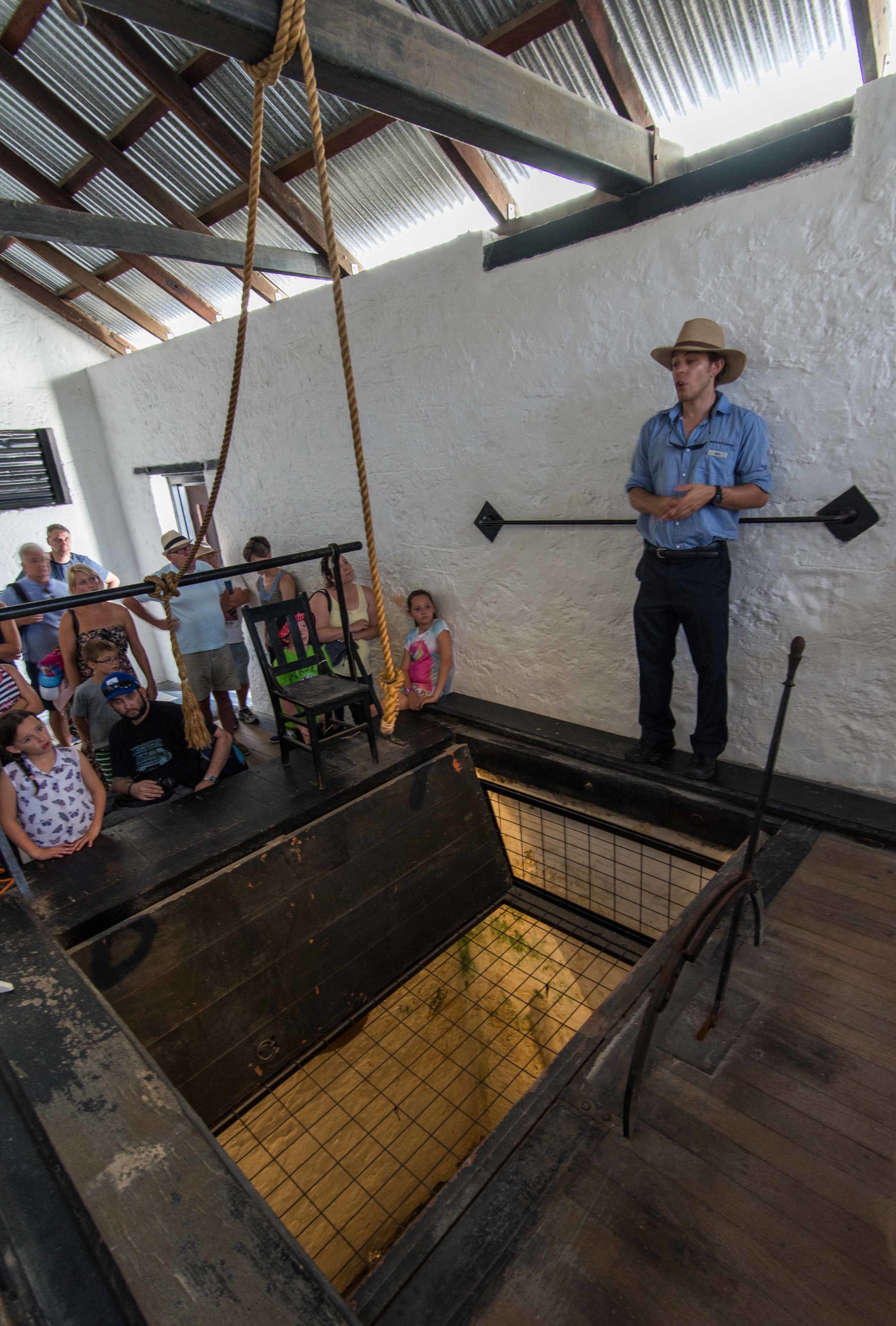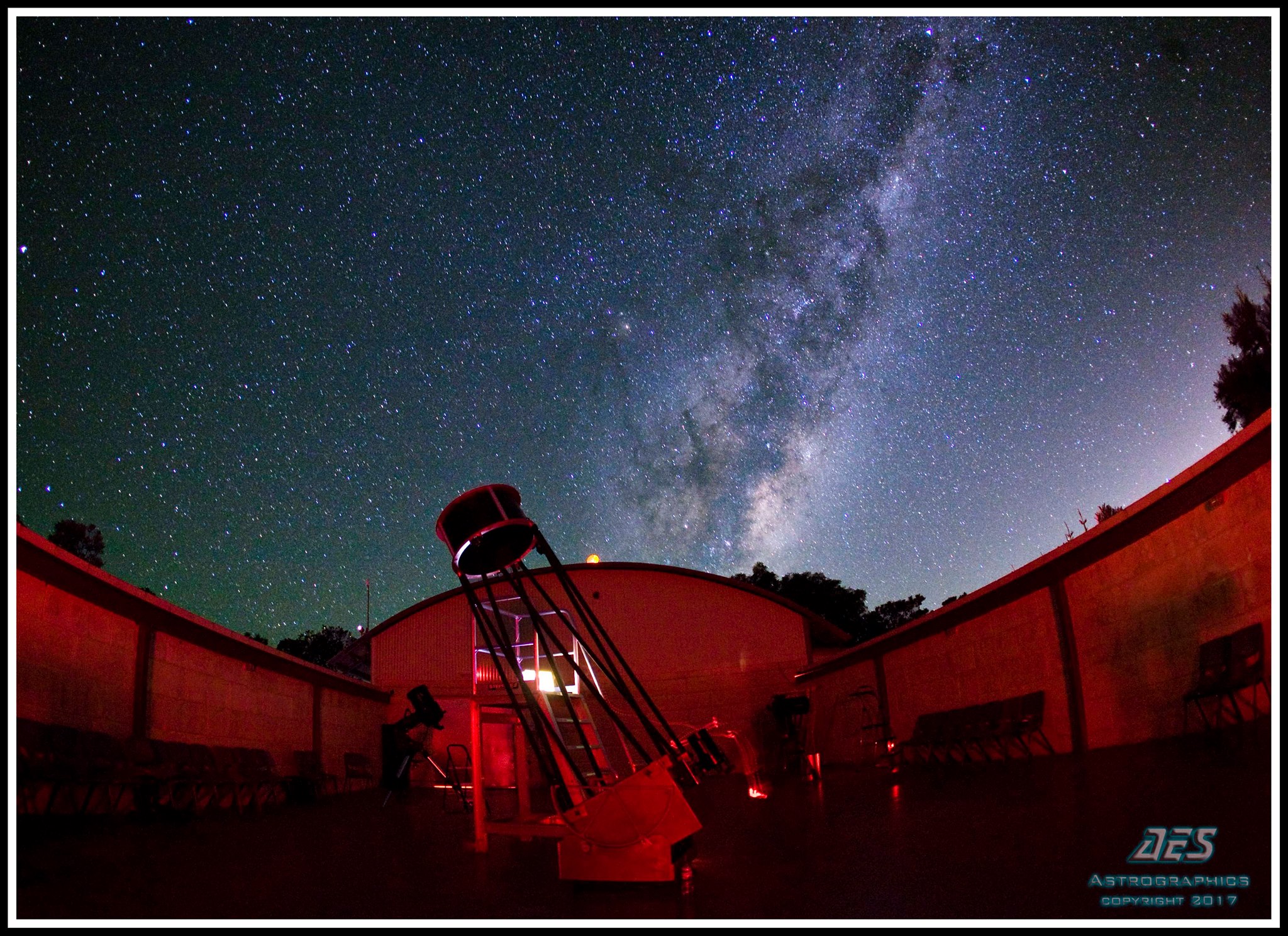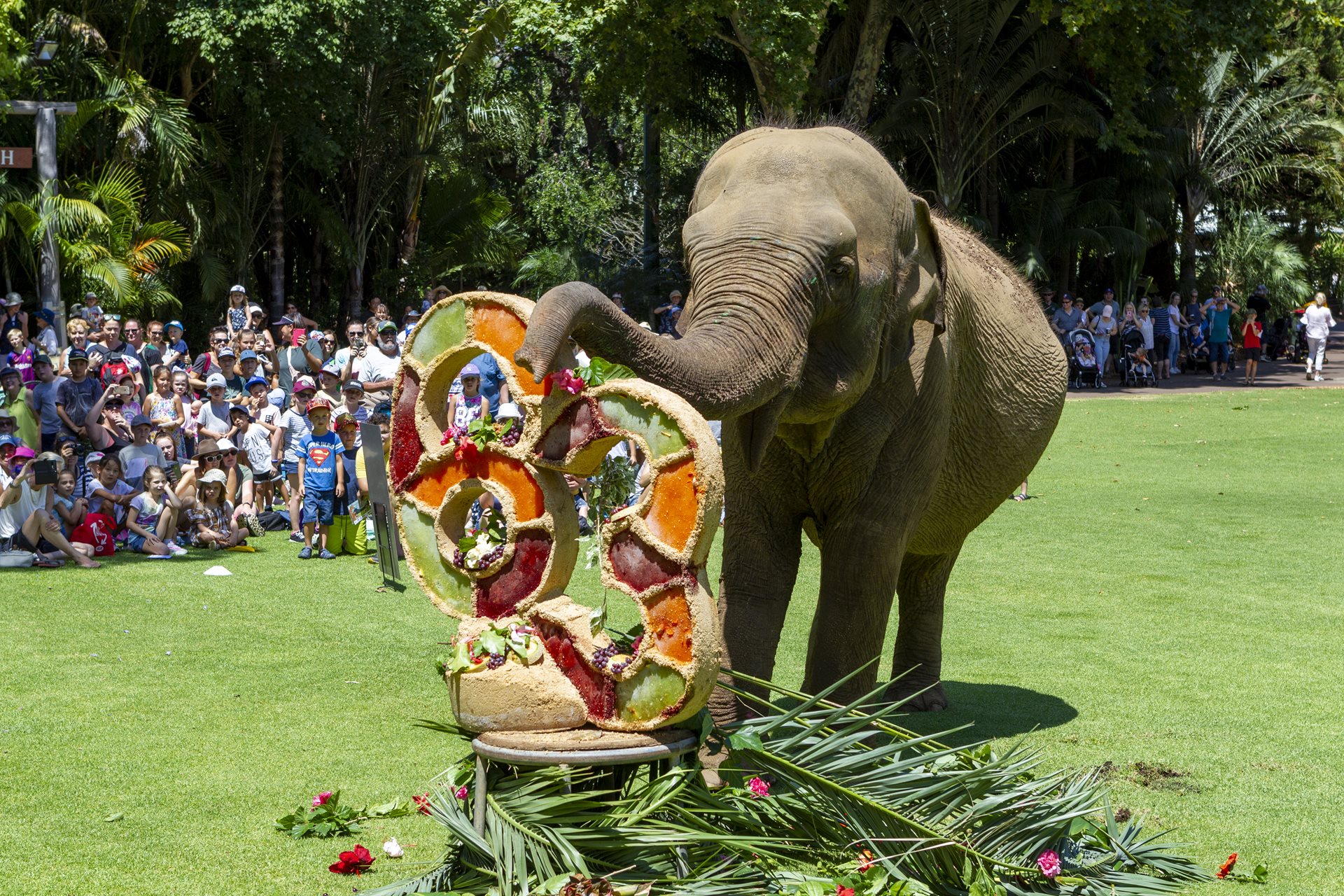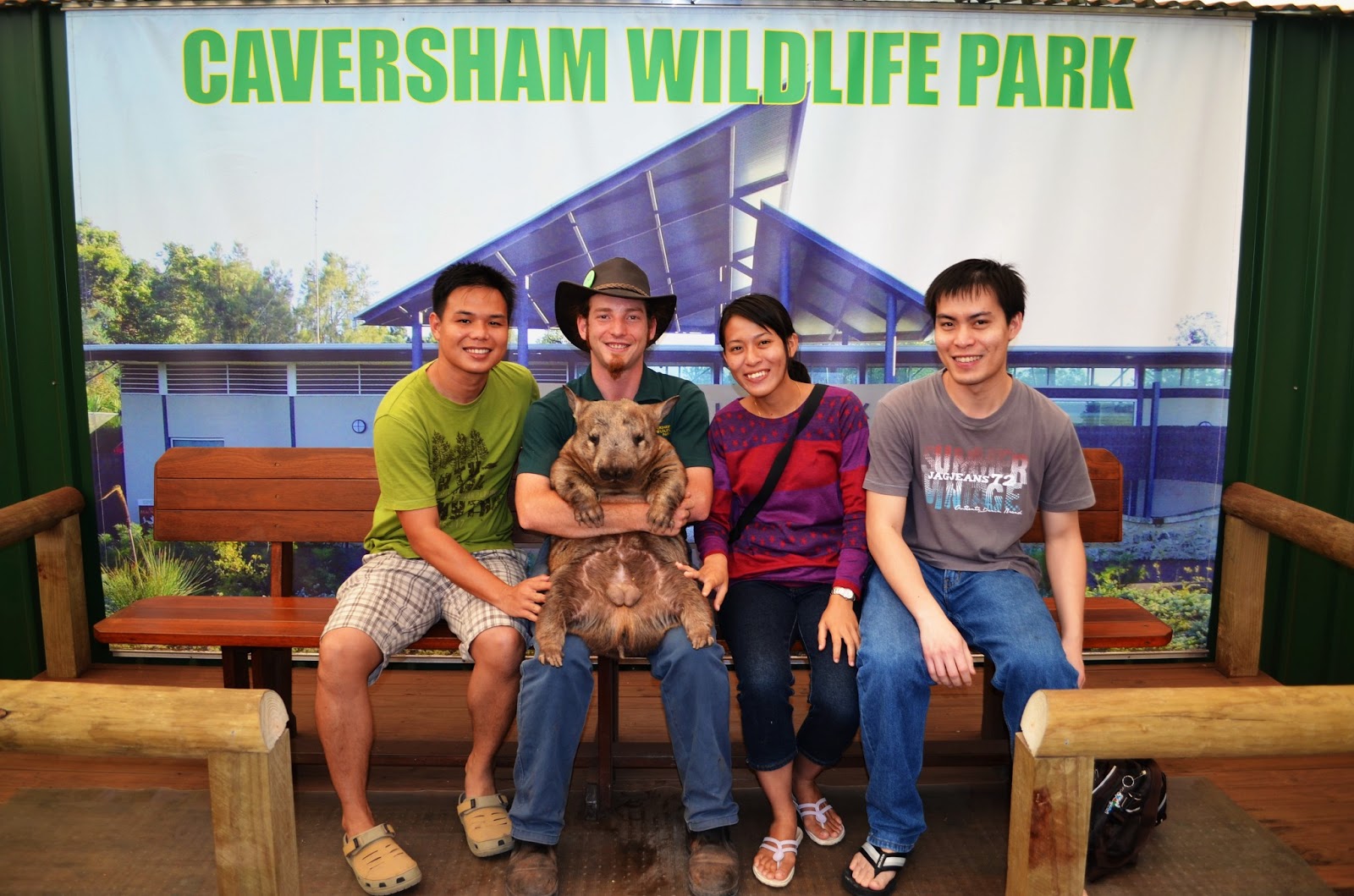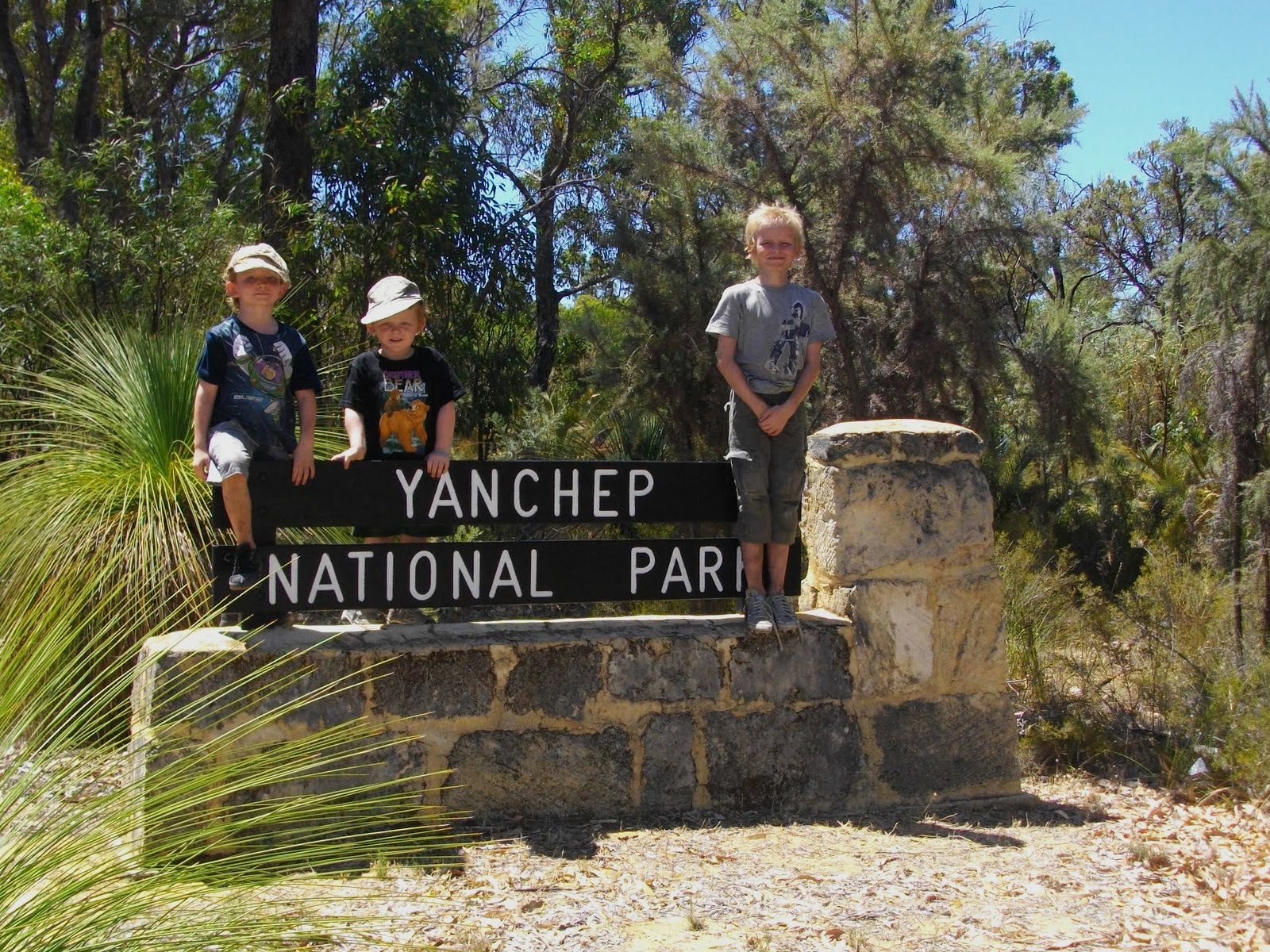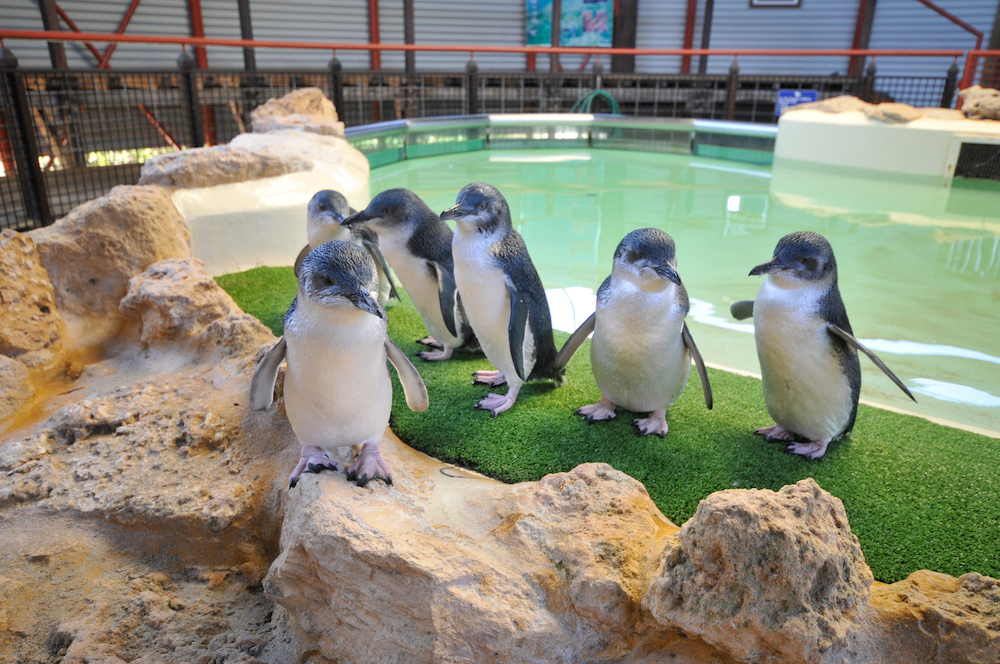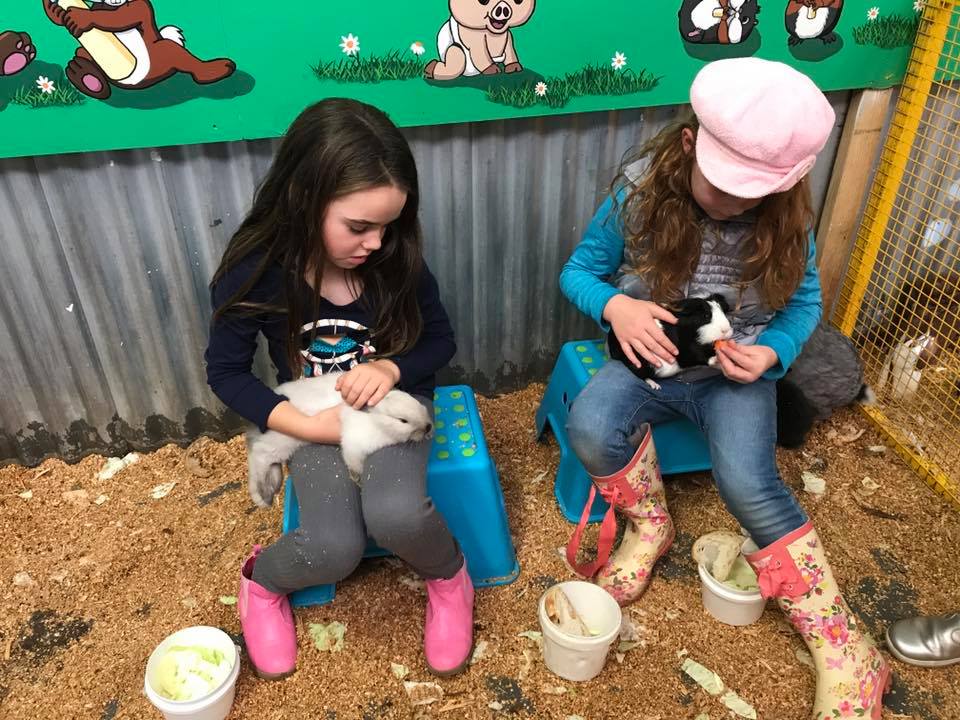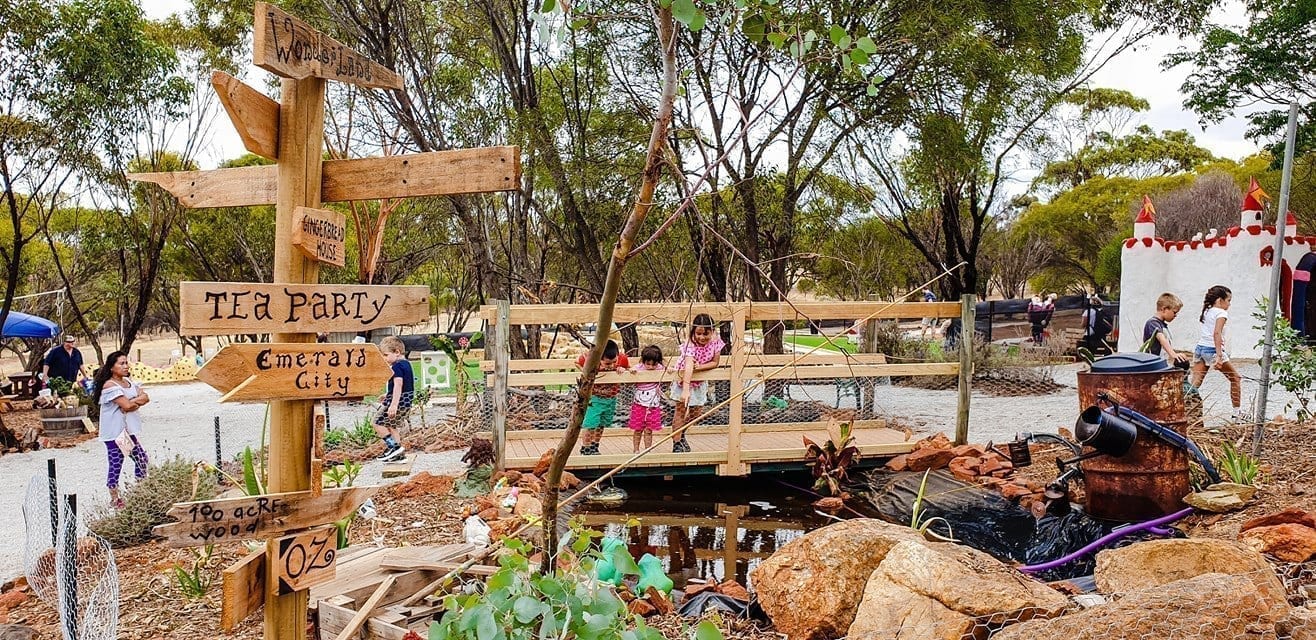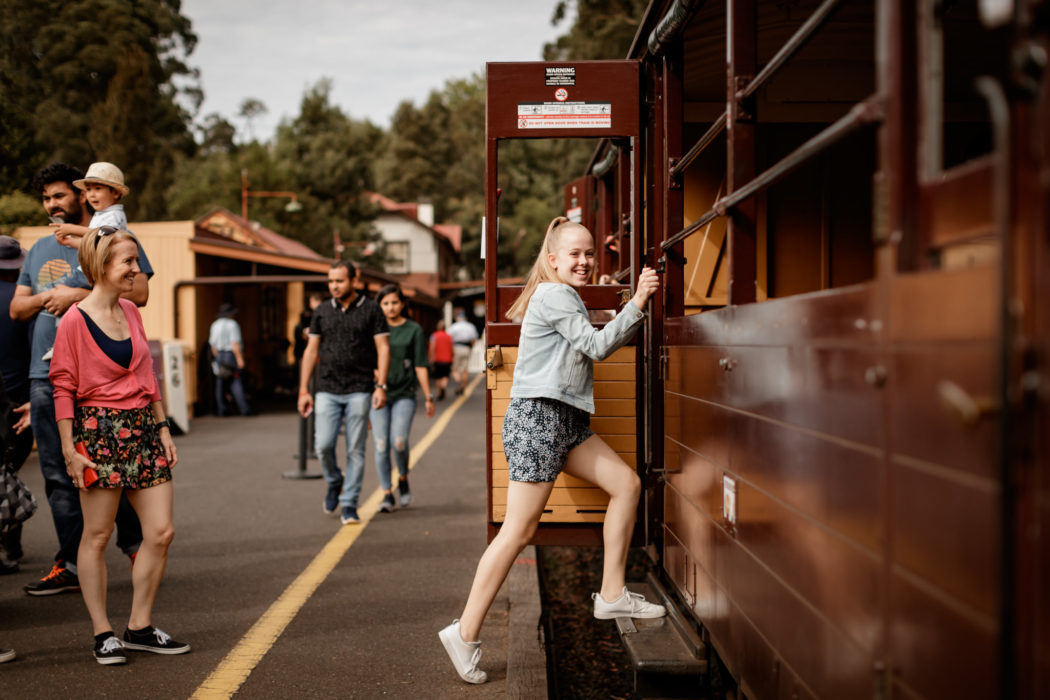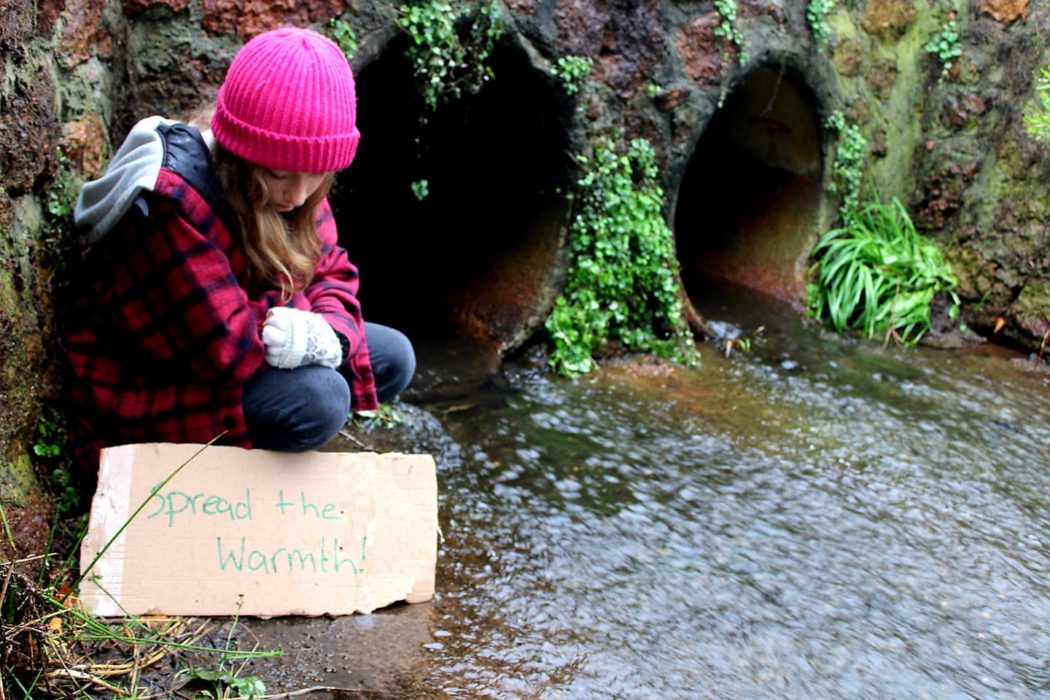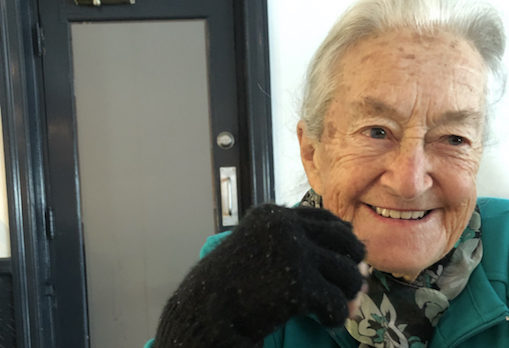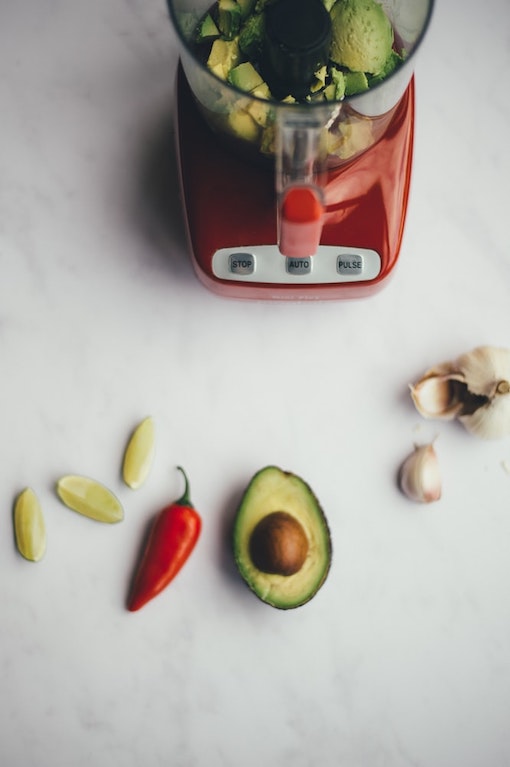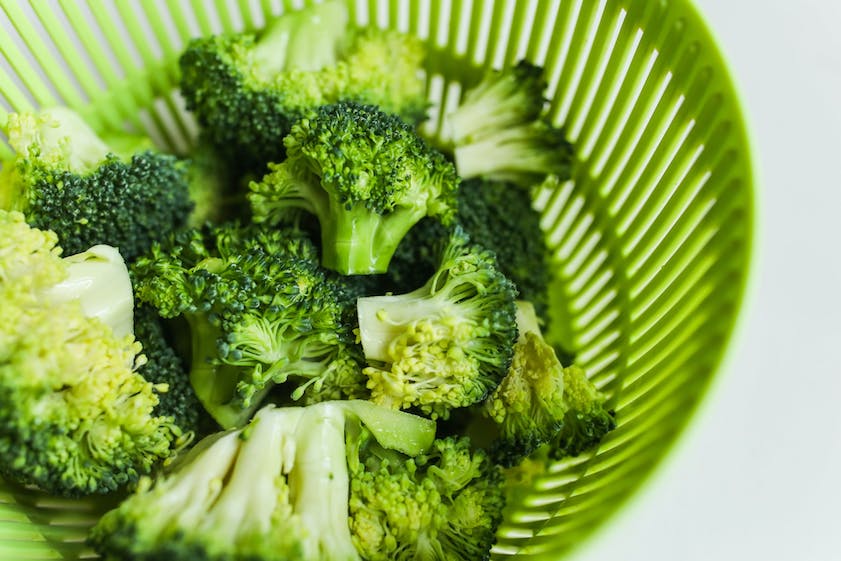Perth Weekend Guide
We’ve found some fantastic fun and engaging things for the kids to do in Perth year-round, all you have to do is choose where to go first!
KEEP THEM ACTIVE
Are your kids bubbling with energy? These activities are sure to keep them entertained all day.
Zone Bowling Joondalup
Looking for a place with it all? With bowling, laser tag, an arcade and yummy food, Zone Bowling will keep them busy for hours. Visit: https://www.zonebowling.com/venues/wa/zone-bowling-joondalup

LatitudeAir Joondalup
Take the kids to LatitudeAir Joondalup to climb, bounce and fly. With over 3,000sqm of aerial entertainment, including trampolines and climbing walls, get the kids ready for a day packed full of activity. For more information, head to their website: https://latitudeair.com/?_ga=2.60282477.1790865332.1605578656-66651972.1605578656

The Climb Zone
At Kerem Adventure Park, the Climb Zone is a fun adventure packed experience – with high ropes, low ropes and rock climbing in a safe and fun family environment. Go to: https://www.theclimbzone.com.au

Adventure World
A favourite for the whole family, Adventure World is now open with awesome rides for everyone. If you’re a thrill-seeker, check out the big scary Abyss or the Kraken. Or if you’re looking for something a bit tamer, go see the Hawaiian resort-themed Kahuna Falls. There’s even something for the little ones in the Dragons Kingdom. Visit: https://adventureworld.net.au

Island Aqua Park
Located in Hillarys, this floating aqua park features climbing walls and slides, and is suitable for children 6 years and over. Just make sure to book 48 hours in advance. Go to: https://islandaquapark.com.au

Trees Adventure
Just one hour out of Perth, this action-packed treetop and zipline adventure is suitable for kids 4 years and older, and offers a great range of courses and challenges for the whole family to enjoy. Hopefully you’re not afraid of heights! Go to: https://treesadventure.com.au/park/lane-poole-park/

Bibra Lake Regional Playground
This playground has something for children of all ages, with everything from water squirting bulrushes to educational giant rocks telling local Nyungar stories. Located near Bibra Lake on Progress Drive, this playground has plenty of activities including a double flying fox, rope obstacle courses and climbing frames, and plenty of shade, so you can even bring a picnic. For more visit: https://www.cockburn.wa.gov.au/Recreation-and-Attractions/Parks-and-Playgrounds/Bibra-Lake-Regional-Playground

VR-Arrival
For the older kids, this fun and new Virtual Reality experience is suitable for children 11 years and older. Much more than just gaming, VR-ARRIVAL delivers extraordinary experiences, transporting you, your friends and family into immersive virtual worlds. Boasting the best in professional VR headset (HTC Vive Pro) and room-scale motion-tracking technology, VR-ARRIVAL lets you experience virtual reality at its very best, with unmatched immersion and realism. Walk freely inside virtual worlds and literally step INTO the experience. Visit: vr-arrival.com.au

LEARN WHILE YOU PLAY
Keep them learning and growing on the weekends, by making their time off fun but educational.
AQWA
A family favourite located on Hillarys Boat Harbour, the Aquarium of Western Australia is the place to see and learn all about the underwater creatures of our coast as you go on a journey to learn and gain respect for our sea life. There is plenty to see and do, including diving or snorkelling with the sharks. For more info, go to: https://www.aqwa.com.au/

Fremantle Prison
Fremantle Prison has some fantastic experiences such as an Escape Tour, for children aged 5-12; and their making a mark art workshop! With tours for children aged 8-12, the prison is an excellent and exciting place to learn while you play, getting a glimpse into the life of a prisoner at Fremantle prison. https://fremantleprison.com.au/visit-us/

Boola Bardip Museum
Located in the heart of Perth, the new and improved Perth Museum has finally reopened its doors and has a multitude of fun programs and activities to get up to. From their “Blast off! Stop Motion Animation” program about meteorites and our solar system, to their “Virtual Vortals program” about virtual reality and interactive digital adventures, plus many more. See: https://visit.museum.wa.gov.au/boolabardip/tours-programs-events

WA Maritime Museum
This weekend, head on down to the Maritime Museum in Fremantle to learn all about the fascinating world of the Vikings, with activities such as a Vikings themed game show, a choose-your-own-adventure story, or just relax and enjoy a fun-filled adventure of sailing, raiding and exploring. Go to: https://museum.wa.gov.au/museums/maritime

Gravity Discovery Centre and Observatory
Located only an hour north of Perth, become a rocket scientist for a day with their rocket making activities, and on Thursdays get the chance to become a space explorer with their school holiday program. Visit: Gravity Discovery Centre

SEE THE WILDLIFE
Are you an animal-loving family? There’s plenty of activities to get out and see some furry (or not so furry) friends.
Perth Zoo
A family favourite for wildlife is the Perth Zoo. There is plenty to do, from kids and youth programs to watching live streams of the animals and Zoocoustics where you can see some of the best emerging Australian musicians with your loved ones. Set in the lush gardens of the Zoo, these unique live acoustic music sessions will have hearts fluttering. There will be food trucks for those looking for a bite to eat, or pack a picnic and bring your own food with responsible BYO drinks. General tickets are $30. Perth Zoo members receive a discounted ticket price of $25 (A valid Perth Zoo membership card must be present upon entry). For more information check out the website: https://perthzoo.wa.gov.au/programs

Caversham Wildlife Park
Located inside of Whiteman Park, get the chance to meet a wombat, feed a kangaroo, meet the koalas or feed some penguins. Visit: https://www.cavershamwildlife.com.au/daily-attractions/

Yanchep National Park
Have a little explorer on your hands? There are more than 400 caves reported at Yanchep Park, each offering contrasting experiences. Not only this but there are koalas to visit, kangaroos to see, golf to play and the opportunity tolearn about the rich culture and history of the Noongar people of Australia’s South West. For more, go to: https://parks.dpaw.wa.gov.au/park/yanchep

Cohunu Koala Park
Have a chat with over 30 talking parrots, see dingoes, kangaroos, emus, deer and koalas, just to name a few of the animals that live at this park. Take a ride on the Cohunu Park Railway for $4, it zig-zags its way throughout the park most weekends & public holidays (subject to weather conditions). Visit: https://cohunu.com.au/pioneer-steam-museum/

Penguin Island
Just a five-minute ferry ride away, the beautiful white sandy beaches and crystal clear waters is an island known for its wildlife. Join them for a cruise to see some dolphins, rare Australian sea lions, as well as the world’s smallest penguins. Plus the chance to swim, snorkel, picnic and explore, Penguin Island is a dream for animal lovers. Go to: https://www.penguinisland.com.au/#welcome-1

Swan Valley Cuddly Animal Farm
Are cuddly farmyard animals more your style? With entry including free tractor/train rides, a free merry go round ride, free bottle and bucket feeding, and free tea and coffee for the grown-ups, this is a lovely day out for the family. Visit: https://www.cuddlyanimalfarm.com.au

Toodyay Fairy-Tale Farm
Located in the Avon Valley town of Toodyay, this family built and owned farm has a range of indoor and outdoor displays of all your favourite nursery rhymes and fairy tales, friendly farm animals for the kiddies to interact with, and even a vintage toy museum. Go to: https://www.fairytalefarm.com.au











